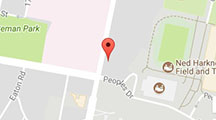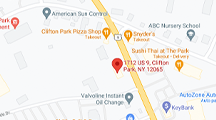Investigators conducted a retrospective case series study to determine which clinical factors of noninfectious uveitis (NIU) were predictive of imaging abnormalities consistent with a diagnosis of demyelination. Source: AAO
Children with congenital nasolacrimal duct obstruction (CNLDO) who need probing and intubation for otitis media are at higher risk of multiple tympanostomy tube placements in the ear later on. Source: AAO
An analysis of data from the National Health Interview Survey suggests that patients with diabetes are less likely to seek eye care when faced with greater socioeconomic burden. Source: AAO
More patients are being hospitalized for syphilitic uveitis, an online training course can help non-ophthalmologists detect glaucoma, and a Japanese-language version of ChatGPT answers nearly half of ophthalmology board exam questions. Source: AAO
More than 10 years after receiving corneal cross-linking, most pediatric patients with progressive keratoconus appear to maintain corneal stability and postoperative visual acuity improvements. Source: AAO
Though pars plana vitrectomy may be slightly more cost-effective over a lifetime, scleral buckle and pneumatic retinopexy are also viable options for managing rhegmatogenous retinal detachment (RRD). Source: AAO
The Accreditation Council for Graduate Medical Education is seeking input regarding comprehensive revisions to the specialty-specific requirements for ophthalmology residency programs. Source: AAO
Less vision loss due to inflammation associated with sympathetic ophthalmia was seen following long-term treatment with immunomodulatory therapy (IMT), particularly alkylating agents, than with corticosteroid therapy. Source: AAO
An additional risk of dementia is not seen with most forms of herpes zoster virus (HZV) infection, except for herpes zoster ophthalmicus (HZO). Source: AAO
A vision-oriented mindfulness program appears to improve the impact of visual snow syndrome, certain factors may prevent those with diabetes from seeking eye care, the FDA rejects reproxalap for dry eye disease, and patients with myopia may see a reduced risk of diabetic retinopathy. Source: AAO



